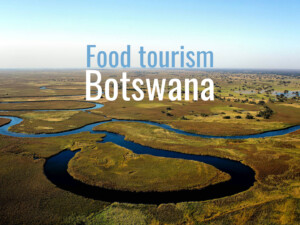St Helena got an airport: Where to now for one of Earth’s remotest places?
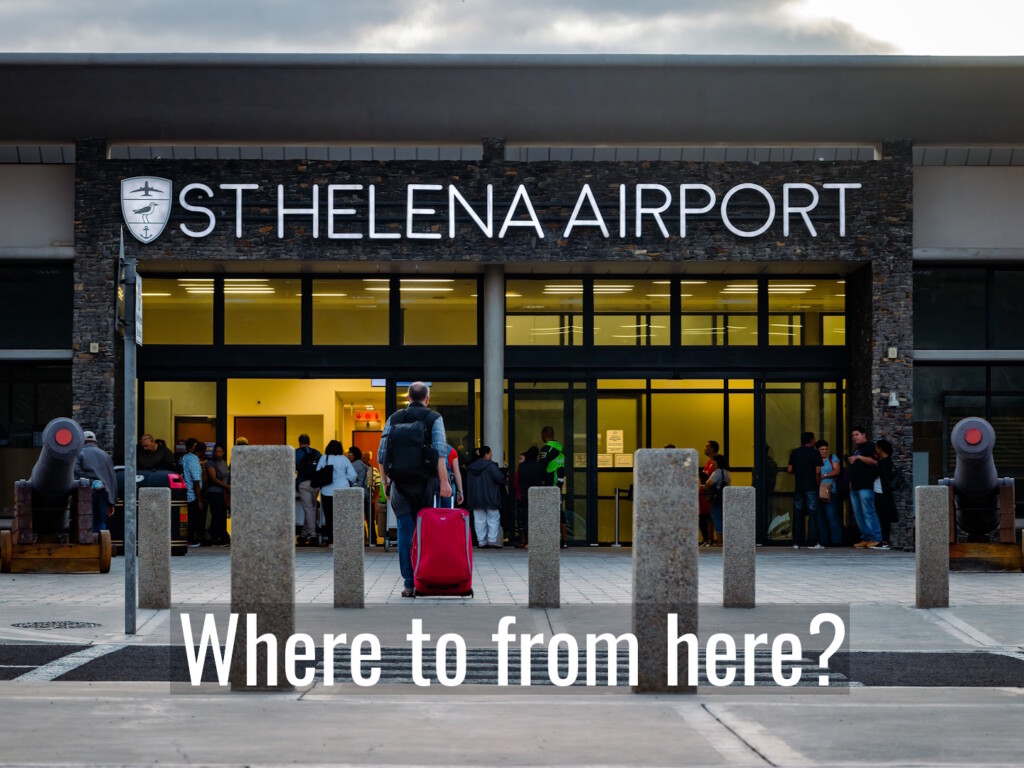
It’s not news, but it will be news to many. The remote island of St Helena and its tiny population got a USD 380 million airport. That was shortly before the global COVID shutdowns.
While St Helena Airport (HLE) has yet to deliver on its tourism and economic development potential, Marcella Mittens and many other ‘Saints’ remain hopeful.
Ms Mittens writes this “Good Tourism” Insight at the invitation of Tourism’s Horizon: Travel for the Millions, a “GT” Insight Partner.
St Helena: ‘a breath of fresh air’
Few people know much about St Helena; one of the most remote islands on earth. The one thing many people do know is that Napoleon Bonaparte was exiled here — in 1815, for the last six years of his life — precisely due to its remoteness.
Today, tiny St Helena continues to navigate the complex challenge of balancing tourism development with the preservation of its unique culture and environment.
St Helena has a population of only 4,048 people, on a tiny landmass of just 122 square kilometres. The island is part of the British Overseas Territory of Saint Helena, Ascension, and Tristan da Cunha, but few British people know of its existence.
St Helena is as off-the-beaten-track as you can get; a unique location with an evolving culture influenced by Europe, Asia, and Africa. The volcanic, tropical island with its mountainous terrain and micro-climates is located in the South Atlantic Ocean, and is home to a rich and unique heritage, both natural and built.
The island’s tourism slogan, ‘a breath of fresh air’, conveys St Helena’s deep connection with the natural environment as well as its newness in the tourism marketplace.
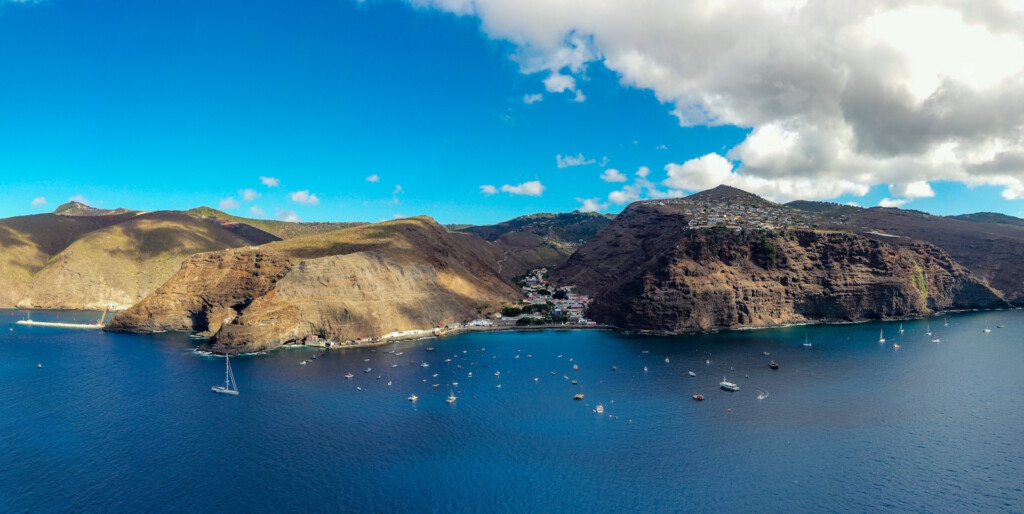
Far, far away … by sea or by air?
At the centre of St Helena’s story — both past and present — lies its geography. Since the island’s discovery in 1502 by the Portuguese (the island was uninhabited), St Helena has only been accessible by sea.
Under British rule, the Royal Mail Ship (RMS) St Helena was the main source of transportation, making monthly journeys from Cape Town, South Africa until its service ended in 2018.
With that known, in 2002 the islanders were offered a dramatic choice: invest in a new ship to replace the RMS St Helena, or build an airport to connect St Helena to the world.
The prospect of air travel sent reverberations — mostly positive — through the island. A vigorous debate preceded a vote through which the islanders overwhelmingly elected to build an airport; in no small part due to the possibilities for a tourism industry.
The UK Department for International Development (since replaced by the Foreign, Commonwealth & Development Office) spent GBP 285.5 million (~USD 380 million) on designing and building St Helena Airport (IATA: HLE, ICAO: FHSH), which opened in 2016.
Ten years of subsidy was provided for, but after that the airport must break even. Tourism is key to meeting the looming deadline.
Don’t miss other “GT” content tagged ‘aviation and air travel’
Apprehension
There were concerns around building an airport for St Helena:
Some islanders were fond of being served by the RMS St Helena. The Royal Mail vessel was a unique cultural icon integral to island life.
Some feared the cultural change that could ensue. Islanders appreciate the ‘unlocked door’ culture of their close-knit community. Many expressed worries that the island was not ‘ready’ for the potential influx of tourists and increased trade.
Also, the insistence of the UK government to fully fund St Helena Airport rather than let private investors in was criticised by some. The private investors seemed to be more ambitious about establishing direct routes, including to London, that would have opened up St Helena’s tourism potential even further.
Now, it is fair to say, some regret the decisions made.
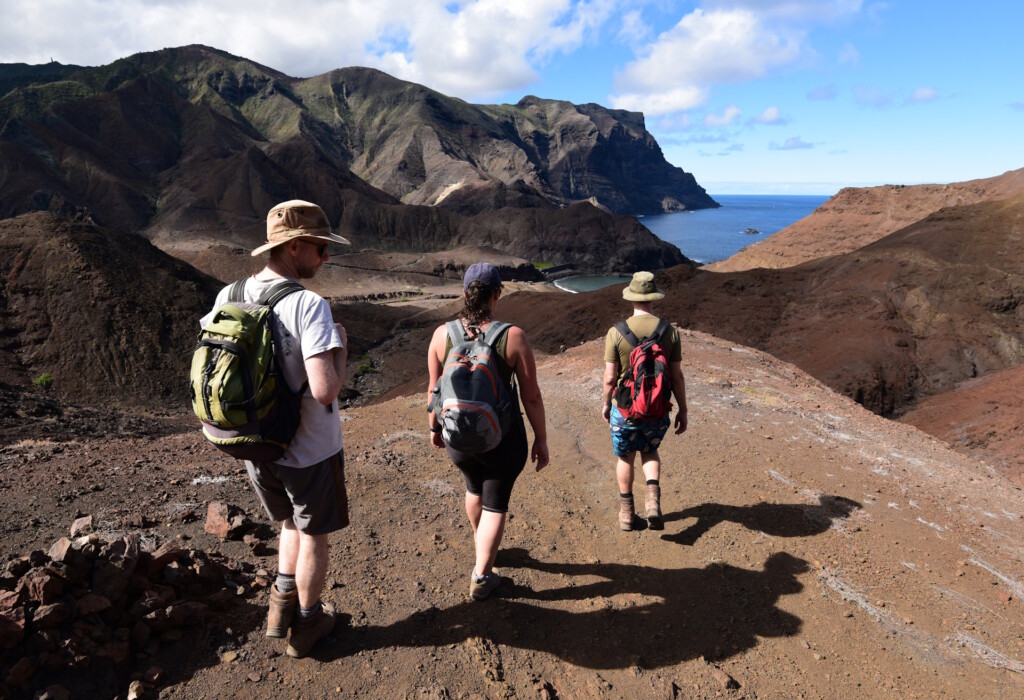
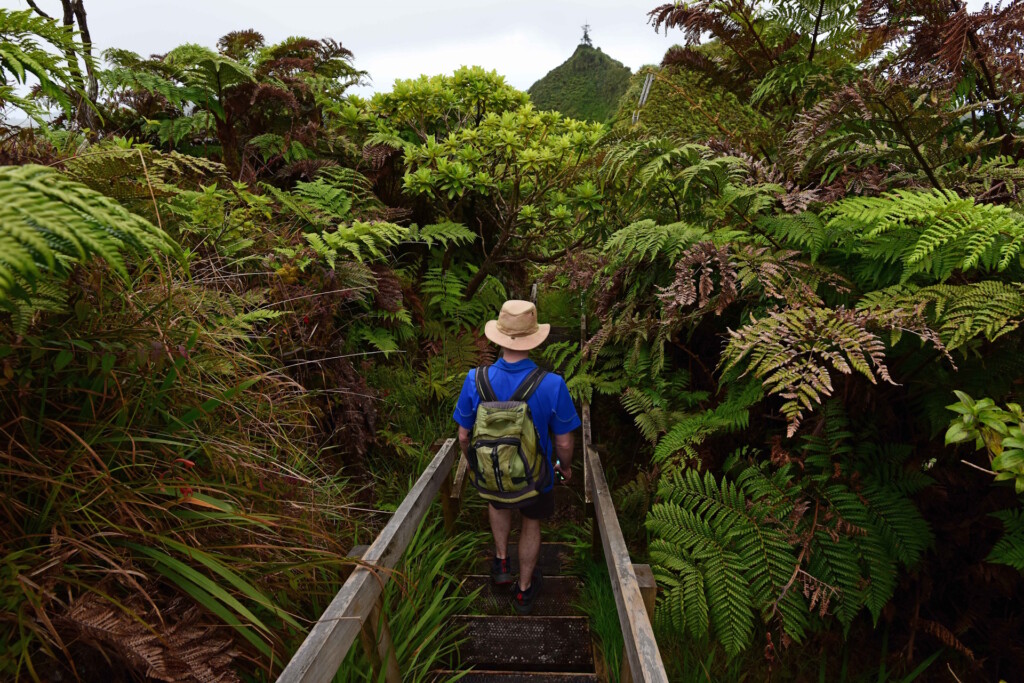
Hope
Islanders hoped, and continue to hope, that tourism activities facilitated by St Helena Airport will lead to self-sufficiency rather than dependency, with tourism revenues paying for necessary imports. Tourists would also grow the market for St Helena’s artisanal products, such as its distinctive coffee and unique honey.
For St Helena’s businesses, preparing for this transformational change meant investing in accommodation, transport, and infrastructure, including an app that enables currency exchange (St Helena issues its own St Helena pounds, parallel to UK sterling).
And the prospect of an airport for St Helena was never only about tourism.
It was thought St Helena Airport could bring other benefits such as improved access to medical services, and generate new employment prospects for young people who tended to leave for pastures new, leaving behind an aging population. In that respect the airport could make St Helena more sustainable socially as well as economically.
Delay and disaster
After a one-year delay due to safety concerns, South Africa’s Airlink began operating a weekly commercial six-hour flight to and from Johannesburg in 2017, replacing a journey that previously took five days by sea from Cape Town.
St Helena Airport also seasonally serves flights to and from Cape Town as well as to and from the interestingly named Wideawake Airfield on Ascension Island.
Then disaster struck: COVID-19.
Because St Helena Airport had opened just a few short years before the pandemic, there was very little ‘runway’ for commercial aviation services to be established, let alone the aspiring tourism businesses on the island.
Some entrepreneurs struggled to cover the loans they had taken out to develop their businesses. High expectations were dashed.
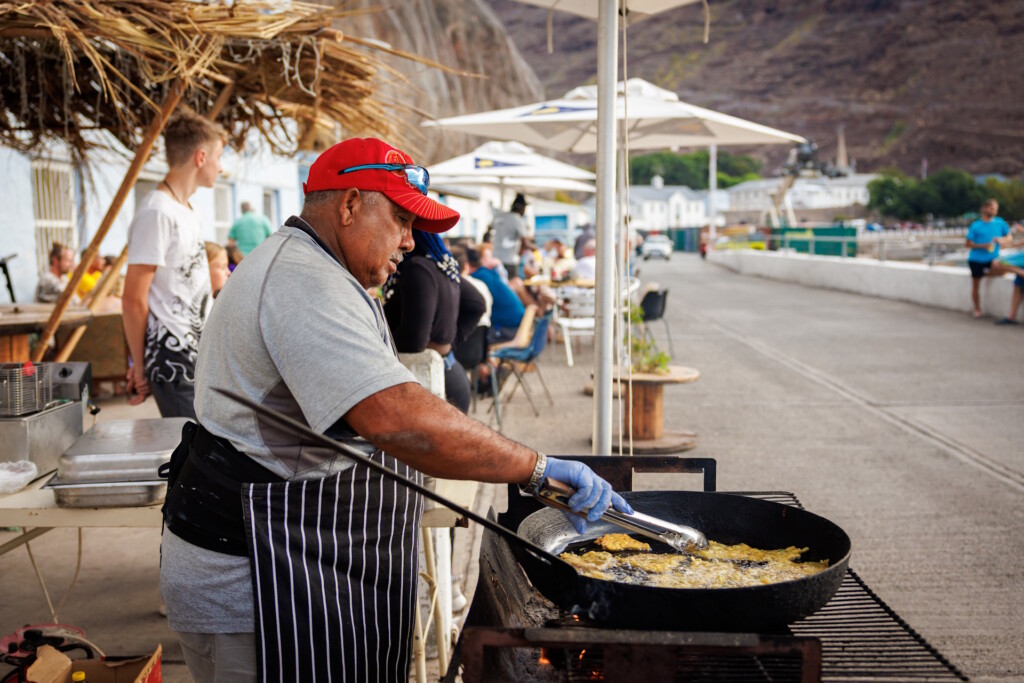
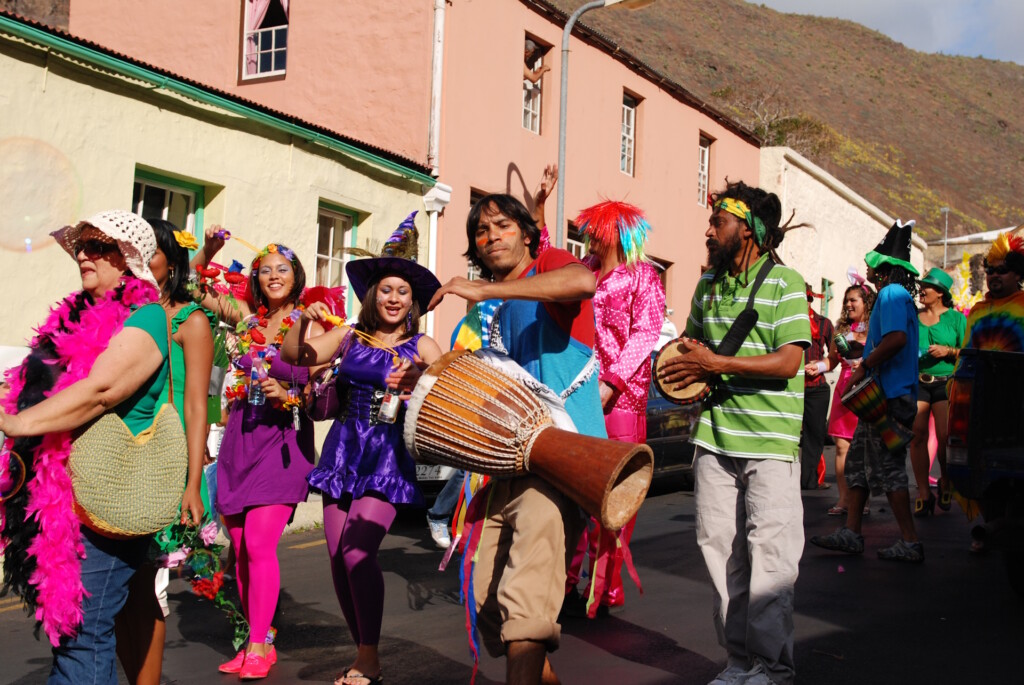
Where to from here?
Now, post-COVID, St Helena stands at a crossroads.
While the opening of St Helena Airport once promised a surge in tourism and economic opportunity, the anticipated boom has yet to materialise. Limited flight availability, high travel costs, and lingering global uncertainties have tempered visitor numbers.
Still, the island remains hopeful, and is working to build a tourism model that is sustainable, locally beneficial, and true to St Helena’s unique identity.
Trending in St Helena’s favour is the increasing number of travellers who are seeking out unique, less-travelled destinations. Those who make the journey to St Helena understand that while it is not the easiest place to reach, it is well worth the trip.
Throughout its history, St Helena has often found itself at the mercy of forces beyond its control. Its extreme isolation, once a strategic asset, now presents steep logistical and economic challenges. For a small island with limited resources, the opening of a long-awaited, highly-anticipated airport just before a global shutdown can feel like a cruel twist of fate.
Yet, despite the setbacks, there is a deep resilience here. The people of St Helena continue to work toward a future on their own terms, where tourism grows thoughtfully, opportunities are created for the next generation, and the island’s remarkable character is both preserved and proudly shared with the world.
What do you think?
Share your own thoughts on St Helena’s tourism development predicament (or related theme) in a comment below.
(SIGN IN or REGISTER first. After signing in you will need to refresh this page to see the comments section.)
Or write a “GT” Insight or “GT” Insight Bite of your own. The “Good Tourism” Blog welcomes diversity of opinion and perspective about travel & tourism, because travel & tourism is everyone’s business.
“GT” doesn’t judge. “GT” publishes. “GT” is where free thought travels.
If you think the tourism media landscape is better with “GT” in it, then please …
About the author

Marcella Mittens wrote this article based on her dissertation and at the invitation of Tourism’s Horizon: Travel for the Millions, a “GT” Insight Partner.
Ms Mittens lives on her home island of St Helena where she works within the St Helena government’s economic development portfolio. After earning her degree at Canterbury Christ Church University in England in 2024, Marcella chose to return to the British Overseas Territory to contribute to shaping a tourism future for her people: creating career opportunities for young Saint Helenians (‘Saints’ as they are informally known), opening markets for St Helena’s distinctive products, and inviting the world to experience and appreciate the extraordinary place she proudly calls home.
Featured image (top of post)
Commercial flights from St Helena Airport (HLE), the island’s first and only airport, commenced late 2017. Photo by Craig Williams, supplied by St Helena Tourism.




